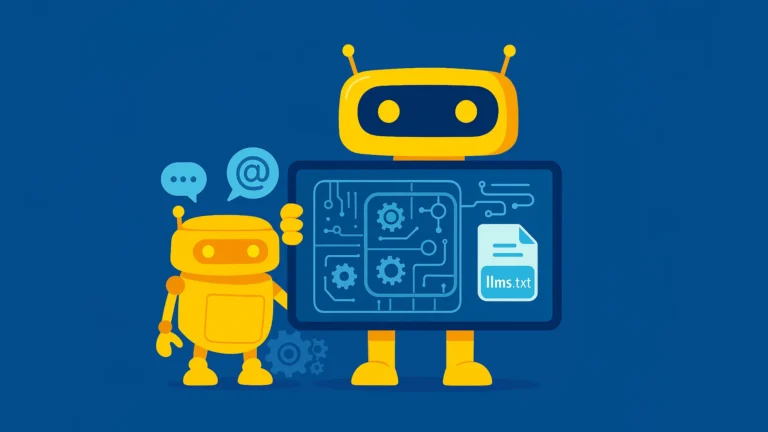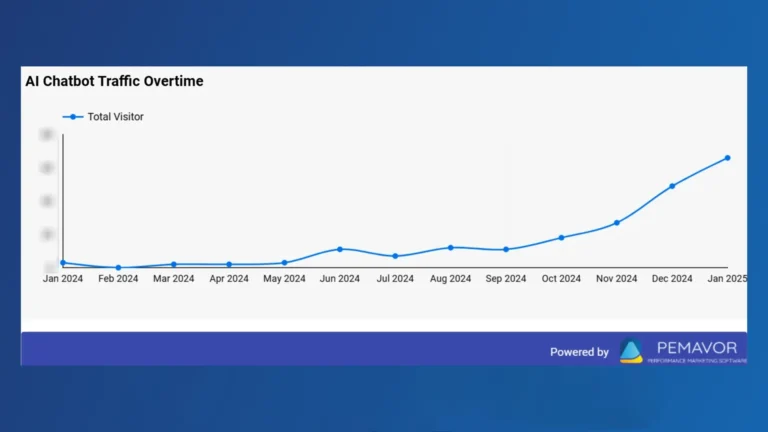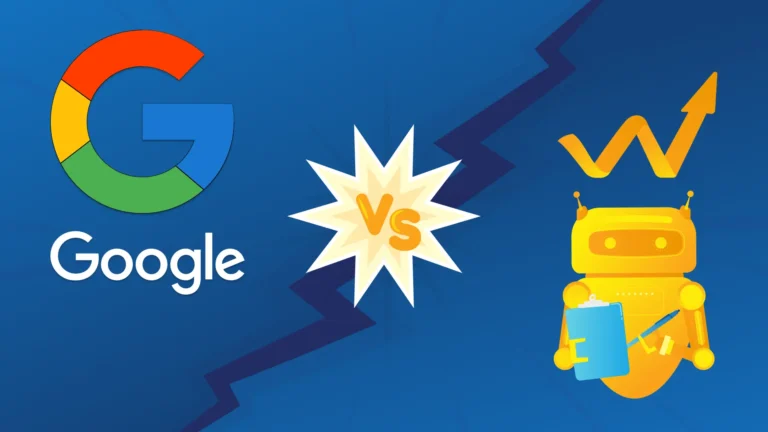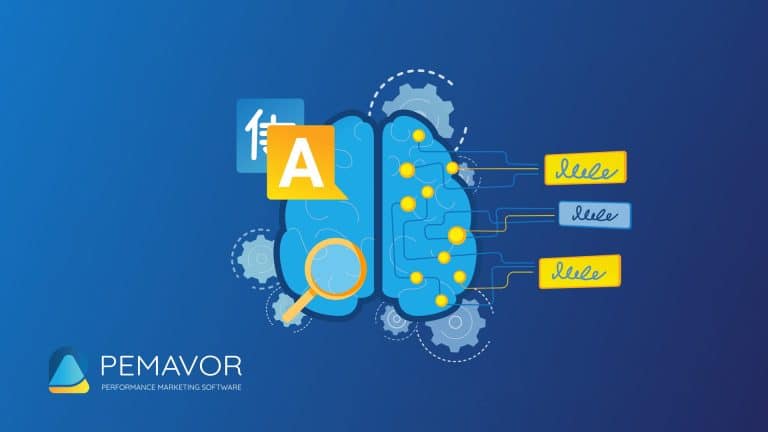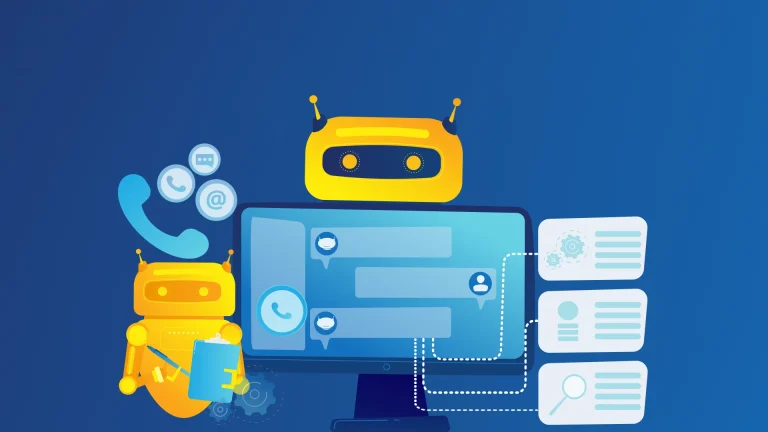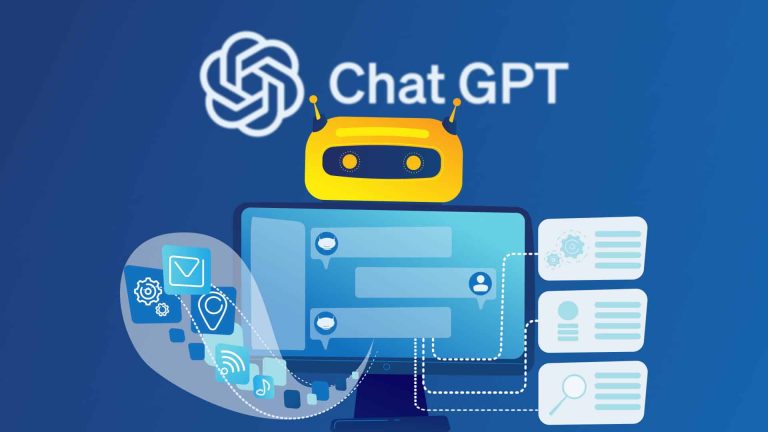We generate ad campaigns to convince potential customers of our product or service. To be successful, we should understand their buying journey, pains, and desires. Otherwise, it’ll be pointless to run various campaigns, which waste our time and money.
If we’re a small-sized brand with a low budget, how can we compete with our competitors? While they invest in expensive tools, hire a full content marketing team, or have high ad budgets, what can we do?
Today, you can use ChatGPT as a handy helper in your marketing efforts. It can give you fast and efficient results, making it a more cost-friendly option. However, you should understand how to use it properly.
In this post, we provide insights into how you can use ChatGPT in content marketing.
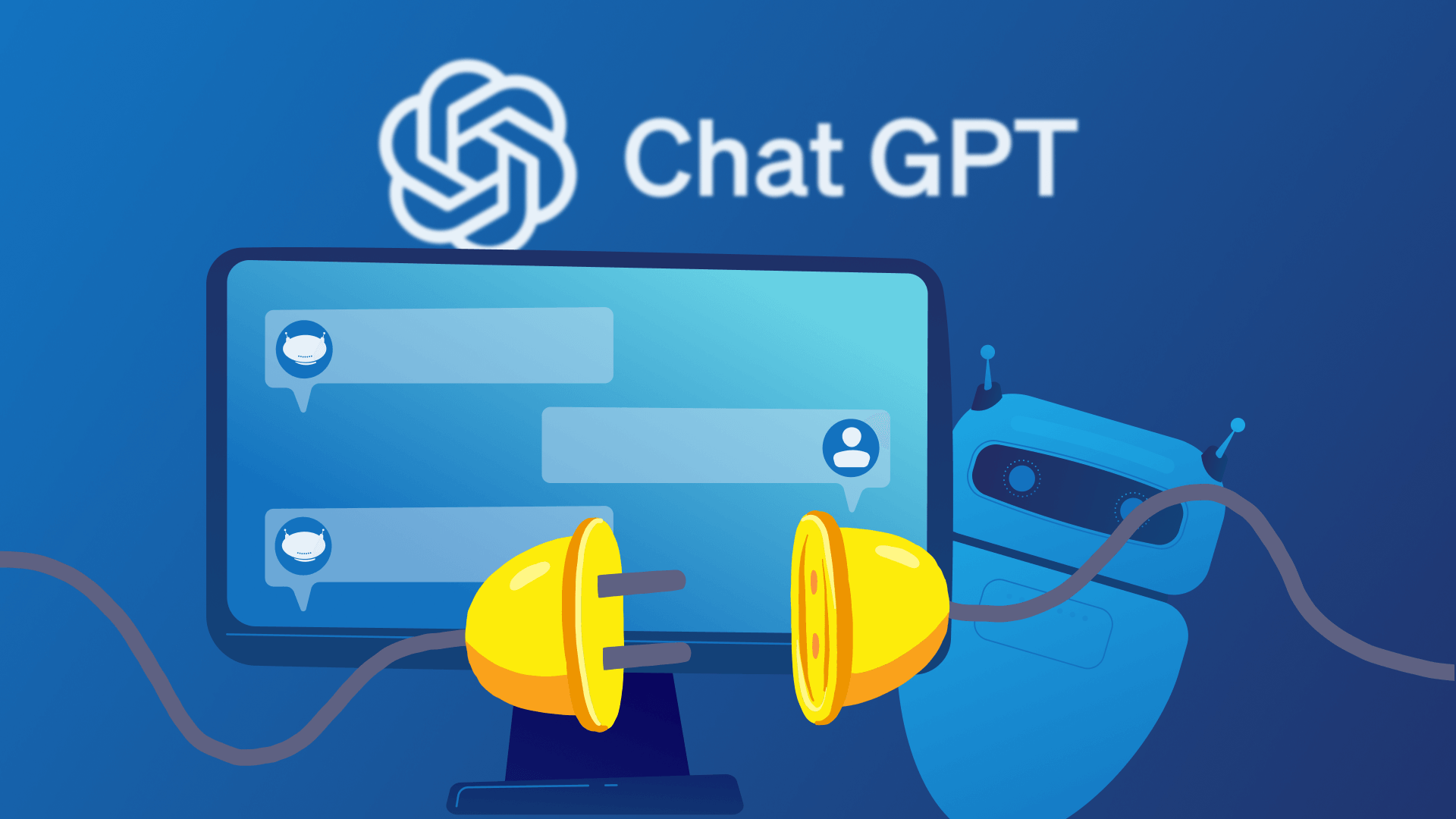
What makes an effective prompt?
A prompt is a simple and direct action that involves typing a question or statement into the ChatGPT chat box or provided interface. Through prompts, you can communicate with AI. The more specific and detailed your prompt is, the more effective and relevant response ChatGPT can give you. So, to really get the most out of an AI tool, you need to go beyond basic prompts like “List 10 content marketing topics for a beauty brand.”
Once you enter a prompt, ChatGPT starts processing it using advanced natural language processing algorithms. It analyzes the meaning and context of your input and draws from a vast database of knowledge and language to generate a response. Depending on the complexity of your prompt and the amount of available information, ChatGPT may take a few seconds or even minutes to provide an answer.
You can explore different prompts on the internet. So get inspired and build your own prompt library. This way, instead of starting from scratch each time, you can select a relevant prompt from your library to save time.
How do you use ChatGPT in content marketing?
As a content marketer, what is your aim in your next project? Attracting attention and generate leads? Expanding customer base? Increasing online sales or brand credibility? Based on your aim, you can create various prompts for your marketing workflow.
First things first: Define your target audience and set clear goals. Otherwise, your prompt and ChatGPT’s responses will be too broad. This way, you can reach your marketing goals.
ChatGPT can help you understand your audience’s language patterns and preferences. By analyzing how your audience interacts online, GPT can give insights into their interests, pain points, and motivations. To do this, you need to provide GPT with a clear description of your target audience. Based on this information, ChatGPT generates responses to inspire and guide you.
Content Ideation:
Instead of just writing an article, you can use ChatGPT for different tasks in content creation. Still, it’s not good at writing long-form text. It can be repetitive, robotic, and boring.
- Brainstorm your topic
- Create a draft outline
- Get content topic inspiration
- Write social media captions
- Translate text into any language
- Create tables
- Proofread articles for simple mistakes
Researching:
Sifting through thousands or even millions of search engine results could take days. ChatGPT lightens this load by helping you gather, summarize, and analyze data quickly.
- Research audience pain points
- Develop content strategies
- Analyze and summarize data
- Summarizing
- Visualize information
- Simplify complex subjects
SEO:
Input a few relevant keywords related to your business and audience, and ChatGPT can come up with numerous content ideas for your marketing campaigns.
You can use our free Autocomplete Keyword Tool and Keyword Grouping Tool before feeding ChatGPT relevant keywords. As we mentioned before, if you provide relevant and proper information, you’ll get more effective outputs.
- Keyword research
- Content structuring
- Keyword grouping
- Competitive analysis
- Creating meta descriptions and titles
Additionally, feed ChatGPT with various datasets. Any customer data or current marketing information you provide will help ChatGPT generate more accurate responses. For example, if you’re writing a product description, include details like the product’s features, benefits, and standout customer reviews to get better outcomes.
ChatGPT limitations
- Prone to misinformation: It can sometimes provide incorrect or biased information.
- Outdated knowledge: ChatGPT data cuts off 2021, so it lacks up-to-date facts.
- Lacks emotional intelligence: It doesn’t fully grasp emotional nuances or handle sensitive topics.
- No moral judgment: It doesn’t have a moral code to guide its responses.
- Not original: ChatGPT can’t generate truly original ideas or creative insights.
- Fact hallucinations: It sometimes invents or “hallucinates” facts.
- Limited creativity: It works off learned patterns, so its output can lack human creativity.
- Incomplete long-form content: It struggles with producing long-form content.
- Potential for inappropriate content: May unintentionally generate biased or offensive content.
- Data privacy concerns: Using ChatGPT may raise concerns around data security and privacy.
The more you use ChatGPT, the better you’ll get at mastering it. Remember to review the outputs and verify the facts. While ChatGPT can make your marketing workflow more efficient, ultimately, you’re the one shaping the campaigns.
Boost your productivity, improve communication, and enhance personalization. As the technology evolves, it’ll offer even more powerful capabilities.
Need a custom solution?
Try ChatGPT in content marketing strategies and learn how to use it effectively. Or are you looking for a custom solution? Contact us. We’re ready to create custom tools for your business.
